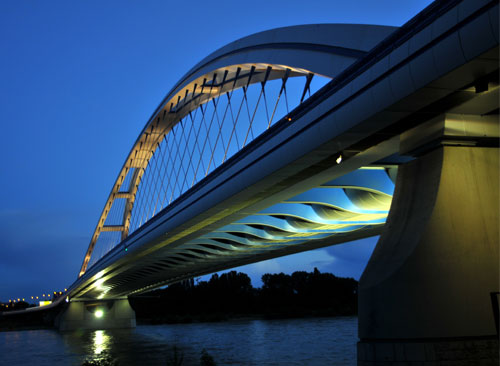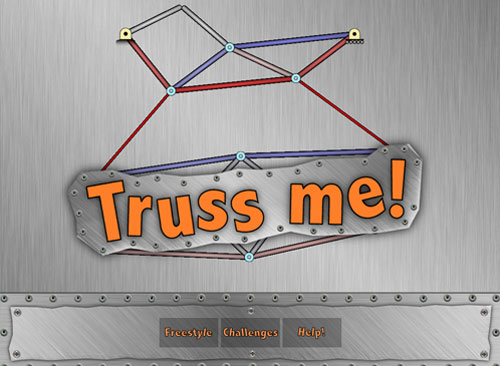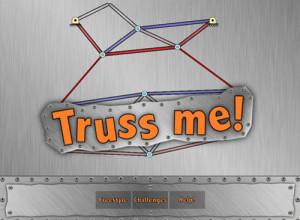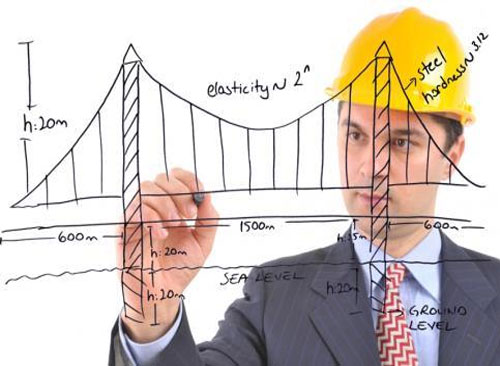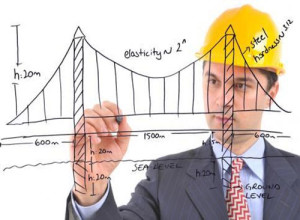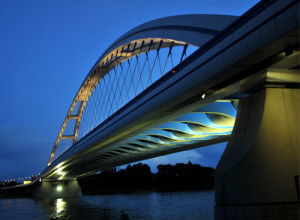 From tents to skyscrapers, we have come a long way. Till about thirty thousand years ago, we were hunters. We moved from place to place looking for food. We did not seem to bother too much about shelter – for hunters, a permanent shelter does not have relevance.
From tents to skyscrapers, we have come a long way. Till about thirty thousand years ago, we were hunters. We moved from place to place looking for food. We did not seem to bother too much about shelter – for hunters, a permanent shelter does not have relevance.
We lived under open sky, trees, and caves. However, soon we started trying our hands in making temporary tents using wood sticks, and animal skins to protect ourselves from sun, wind, and other natural forces. The art and science of structural engineering started with our understanding of constructing tents, perhaps the first man-made structures.
Now thousands of years later, we build houses, and skyscrapers. Recently, a group of engineers have unveiled their plans to build the tallest building in the world. It is called, Tall Tower, and its height will be about 20 kilometers, reaching the stratosphere. A building this high poses many structural issues, and we don’t know if it will ever be built. Tall Tower will need more than 985 million tonnes of steel and would have to withstand jet-stream winds of 500 km/hour!
We have constantly advanced our understanding of structures that we can now conceive the Tall Tower. However, still the challenge is the same: to deal with the same natural forces and make sure that our buildings do not fall down. The science is named civil and structural engineering.
According to Wikipedia, structural engineering is a field of engineering dealing with the analysis and design of structures that support or resist loads. Structural engineering is usually considered a specialty within civil engineering, but it can also be studied in its own right. Structural engineers are most commonly involved in the design of buildings and large non-building structures but they can also be involved in the design of machinery, medical equipment, vehicles or any item where structural integrity affects the item’s function or safety.
What is a structure?
A structure can be any assemblage of materials which is intended to sustain loads. Writes, J E Gordon, Author, Structures or Why Things Don’t Fall Down, “Structures are involved in our lives in so many ways that we cannot really afford to ignore them: after all, every plant and animal and nearly all of the works of man have to sustain greater or less mechanical forces without breaking, and so practically everything is a structure of one kind or another.
When we talk about structures we shall have to ask, not only why buildings and bridges fall down and why machinery and aeroplanes sometimes break, but also how worms came to be the shape they are and why a bat can fly into a rose-bush without tearing its wings. Why do birds have feathers? How do our arteries work? What can we do for cripple children? Why are sailing ships rigged in the way they are?”
For the sake of analysis, structures are usually classified in the following ways: line elements (bars, rods, columns or cables), surface elements (panels, deep beams, tension and compression membranes, and any other two-dimensional equivalents of line elements), line elements that carry load by bending(beams or arches), surface flexural elements (plates or shells), and hybrid elements (beam columns that are subject to axial load and bending).
